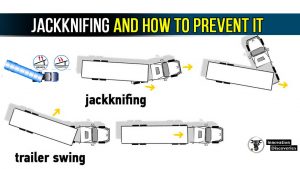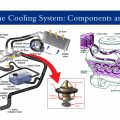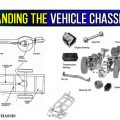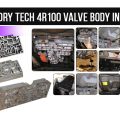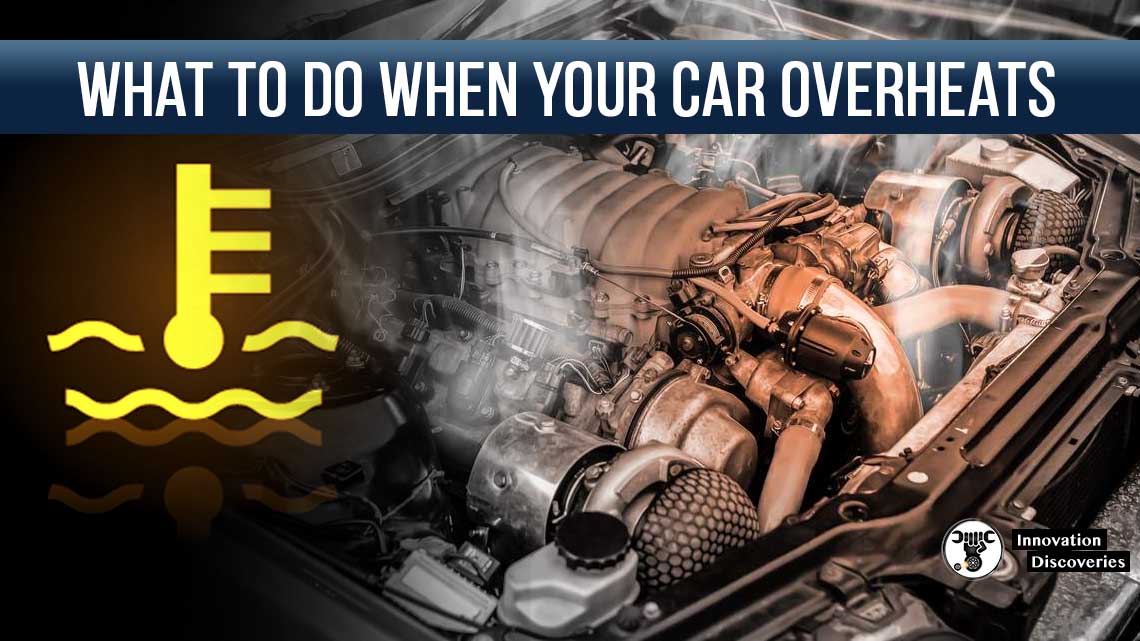
When the temperatures outside begin to rise, there’s a higher risk for your car engine to get hot too.
Many new, modern vehicles are so refined that it can be difficult to hear the engine running.
Although you may not hear it, there is still a combustion cycle occurring, and it could result in overheating.
Download:
INTRODUCTION TO INTERNAL COMBUSTION ENGINES
INTERNAL COMBUSTION ENGINE HANDBOOK: BASICS | COMPONENTS | SYSTEMS, AND PERSPECTIVES
ENGINEERING FUNDAMENTALS OF THE INTERNAL COMBUSTION ENGINE | PDF
That’s one of the reasons you should keep an eye on your car’s temperature gauge while driving.
Most cars tend to stay right around the midpoint of the gauge, but anything too far above that line could mean overheating.
Should your vehicle begin to overheat, it’s important to know what steps to take.
Follow these measures if you find yourself in this situation:
Read More: LEARN ALL ABOUT VEHICLE RADIATOR
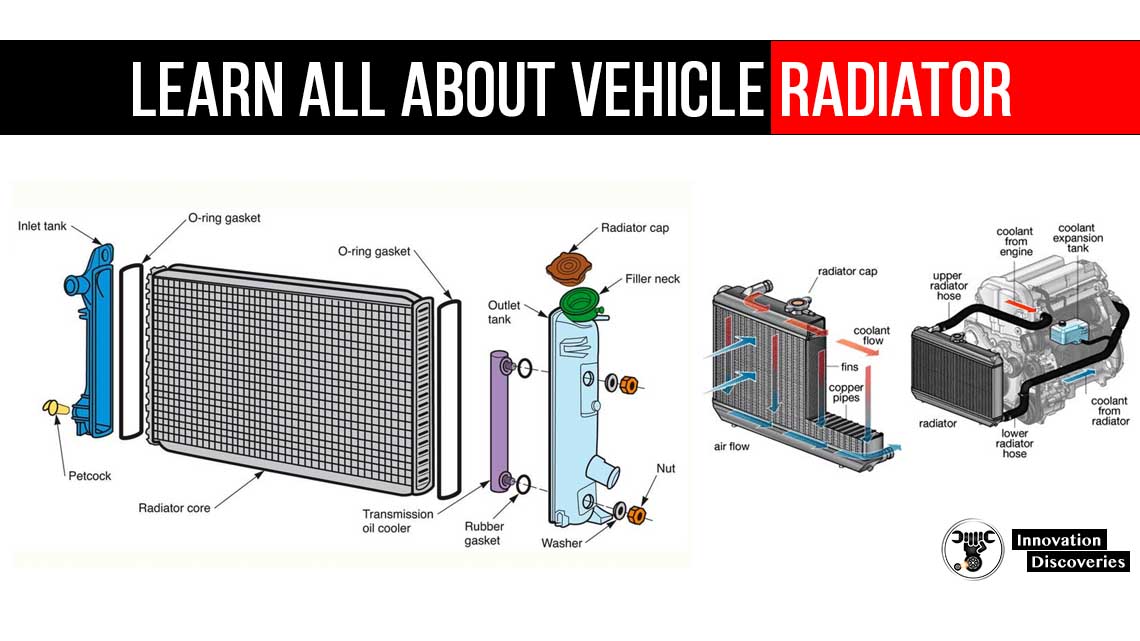
HOW TO CHANGE COOLING-FAN SWITCH IN YOUR VEHICLE
HOW TO APPLY A TEMPORARY REPAIR FOR UPPER RADIATOR HOSE?
STEPS
1: Be Prepared
It’s always a good idea to know what to do if a breakdown occurs.
In this case, that means knowing the actions that need to happen if that temperature gauge rises too high.
2: Turn Off The A/C
When you notice that your temperature gauge is rising, you should immediately do two things:
- Turn off the air conditioner
- Open the windows
Doing these two things will help the car cool off naturally (and keep you cool too).
Running the air conditioner requires a lot of work from your engine.

3: Crank the Heat
If your car continues to heat up after turning off the air conditioner and rolling down your windows, you might need to crank up the heater.
It might be uncomfortable for passengers, but doing so helps transfer the heat away from the engine.
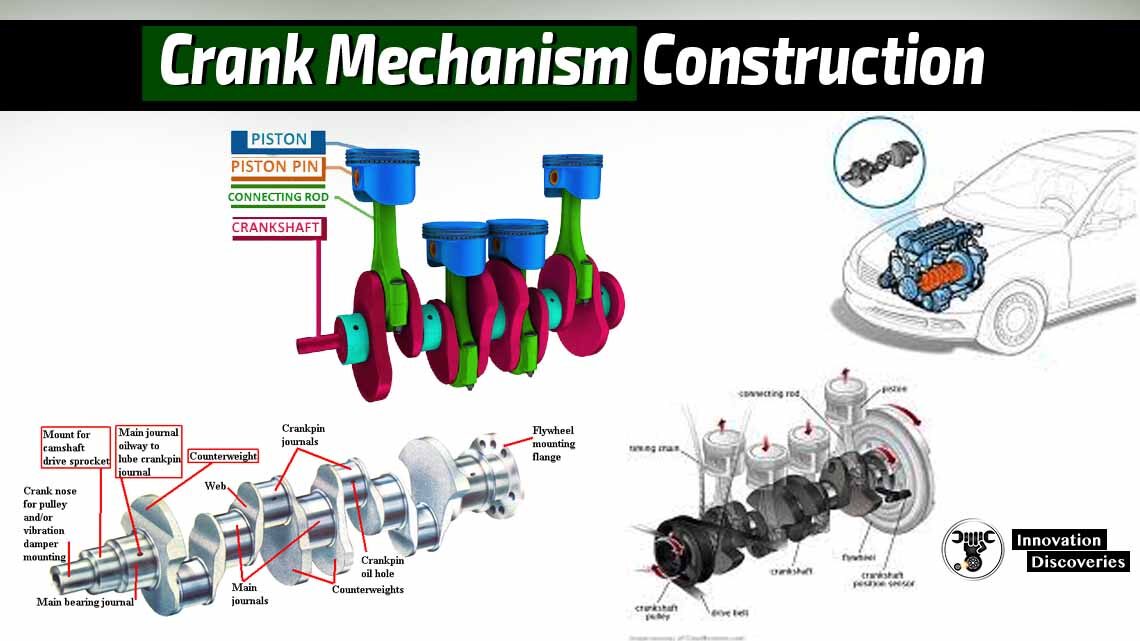
4: Pull Over
If all of the preceding steps have failed, it’s time to pull over.
Turn off your engine and open up the hood to release some of the heat.
If your car has an internal button to pop the hood, use it. Or at least wait until the car has semi-cooled before touching the hood, as it will likely be hot as well.
It’s always better to pull over sooner rather than later.
The sooner you pull over, the better for your engine.
Damage to the engine can be very expensive.
Read: PISTON DAMAGE FROM OVERHEATING
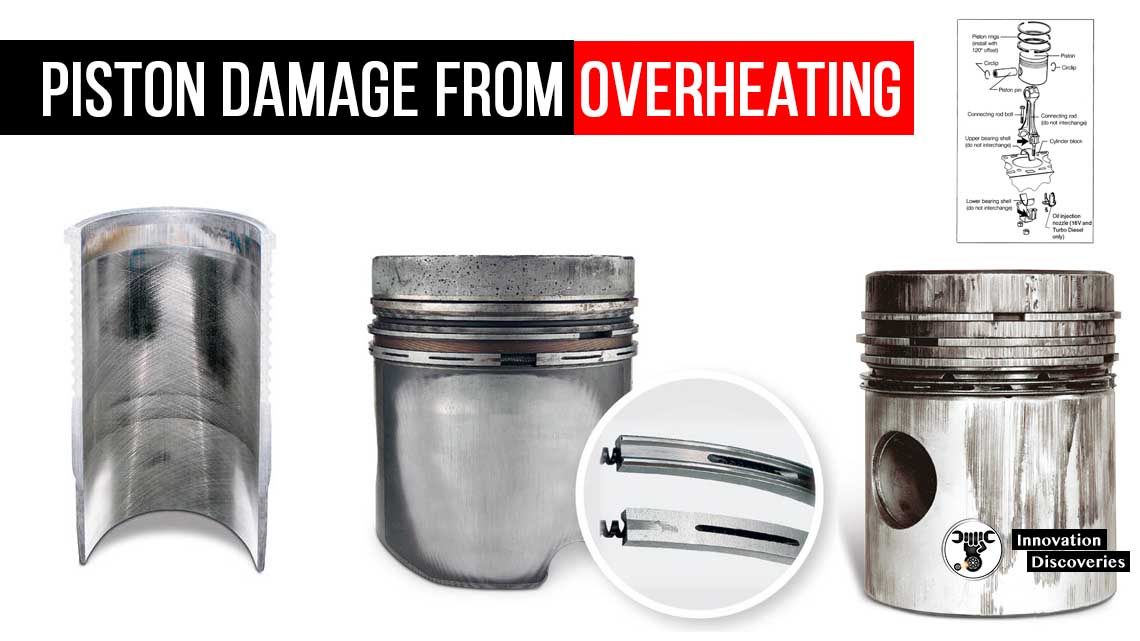
5: Call the Experts
Have a professional inspect your car for possible overheating causes beneath the surface.
Your car is made up of many complex components, so it’s best to have an expert analyze what needs to be repaired.
It could be as simple as a leak in the coolant overflow container, a bad radiator cap, or there could be an underlying problem that caused your car to overheat.
Read: THE POTENTIAL CONSEQUENCES OF OVERFILLED COOLANT RESERVOIR TANK
Once the problem has been identified, you can move on to having any necessary repairs completed.
Read: SYMPTOMS OF A BAD RADIATOR CAP (AND HOW TO INSPECT)
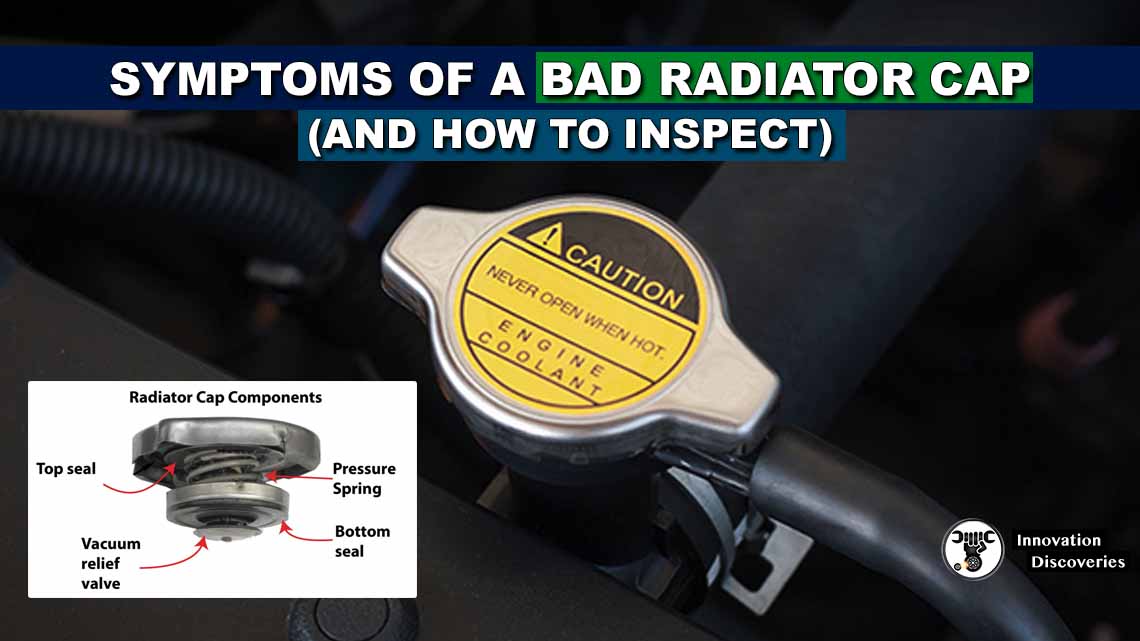
Visit Forum
Visit Our Friendly Website


